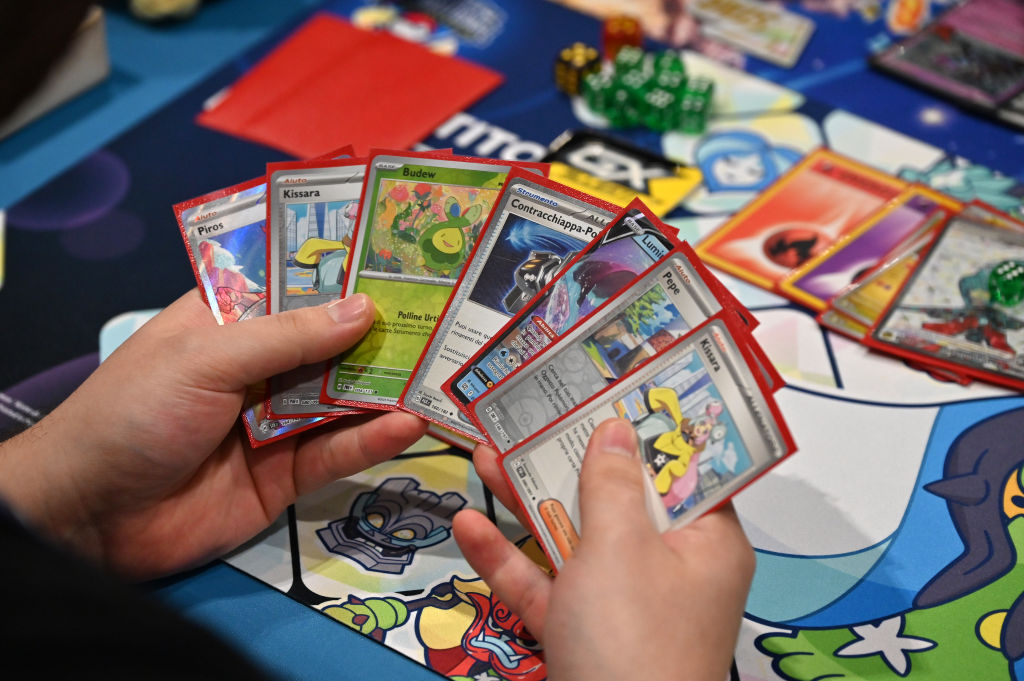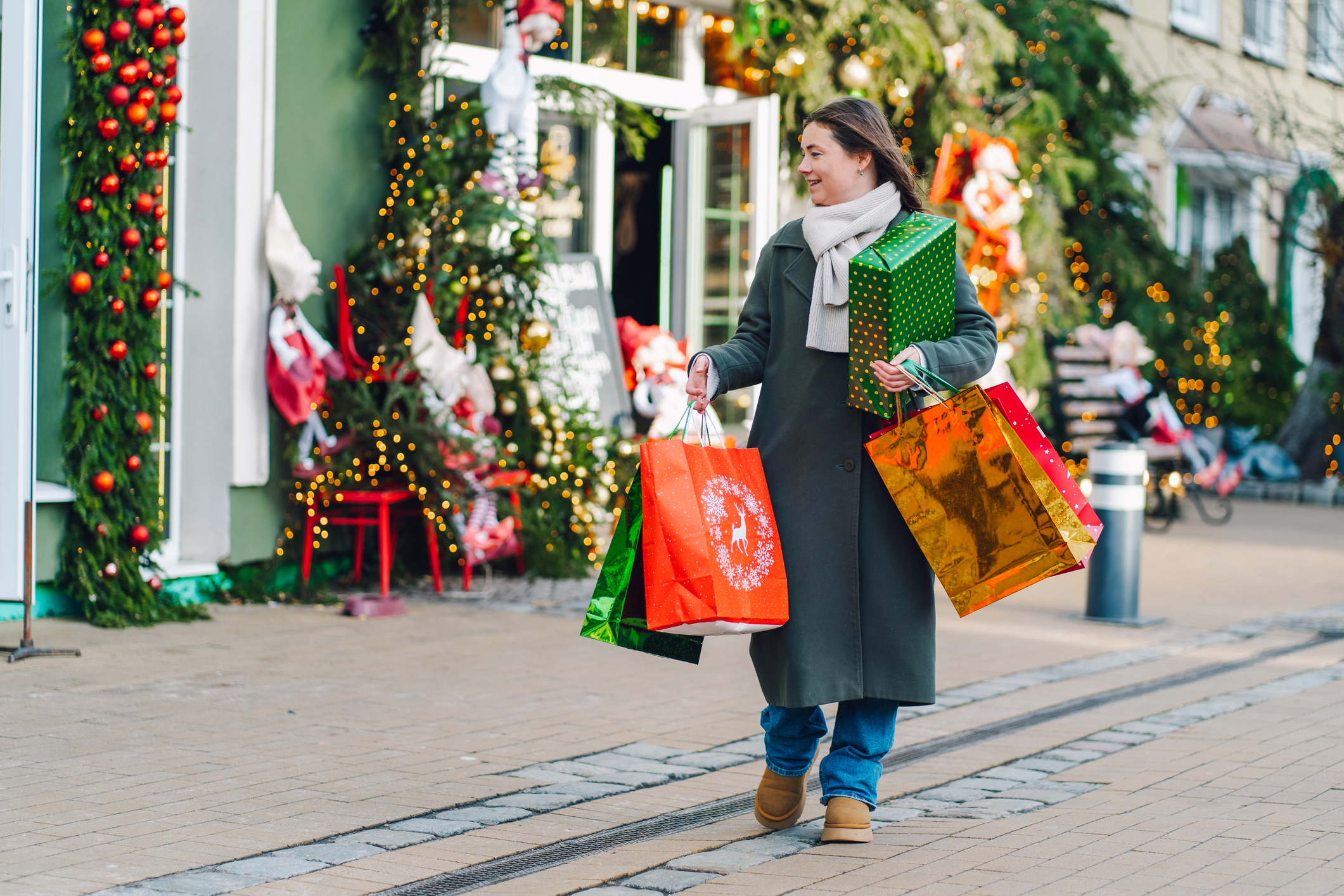Could these six collectables make you rich?
Which collectables are worth owning? From vintage toys to handbags, books and wine, we look at which items could be worthy investments and potentially make you a small fortune


Pokémon cards and Jellycat toys are two of the latest collectable investments that are turning a profit for savvy collectors.
You may have heard about the Jellycat craze, with some limited editions of the cuddly toy on sale for more than £2,000 on eBay. This is part of a wider trend of adults buying toys for themselves and creating social media posts about their collections.
Meanwhile, rare Pokémon cards continue to fetch high prices: a curated selection of cards achieved $360,000 at Sotheby’s last September.
MoneyWeek
Subscribe to MoneyWeek today and get your first six magazine issues absolutely FREE

Sign up to Money Morning
Don't miss the latest investment and personal finances news, market analysis, plus money-saving tips with our free twice-daily newsletter
Don't miss the latest investment and personal finances news, market analysis, plus money-saving tips with our free twice-daily newsletter
Adding collectables like vintage toys, or luxury items like handbags or fine wine, to an investment portfolio can add some diversification, provide a bit of fun and hopefully give you a healthy return too.
Younger people are particularly interested in collectables. According to research by the saving and investing app Moneybox, a quarter of 18 to 24 year olds have already invested in collectables, as have 15% of 25 to 34 year olds.
This compares to about 10% of those aged 55 and over.
Pontus Silfverstolpe, founder, strategic sales, at Barnebys, a global auction aggregator, tells MoneyWeek: “What’s interesting is the new generation of collectors. The increasing interest and prices for vintage Lego & Pokémon cards is coming from the new kids on the collecting block: Millennials and Generation Z.”
In terms of luxury items that older investors may be more used to collecting, handbags were the best-performing luxury asset class last year, with prices rising 2.8%, according to the Knight Frank Luxury Investment Index. This was followed by jewellery (up 2.3%) and coins (up 2.1%).
We look at which collectable investments are worth considering, and how to get started with buying collectables.
Why invest in collectables?
By adding some form of collectables to your investment portfolio of funds and shares, you are adding another layer of diversification.
Owing to their tangibility, collectables are not subject to interest rate changes, inflation, or other factors that may shape the value of your cash, equity or bond holdings.
The low level of correlation between the value of collectables and the broader stock market means collectables could be resilient during difficult periods. So, as long as the value of your collectable keeps up with inflation, you could find they generate a healthy return for you.
As with any investment, there is no guarantee that this will happen and for many people, their investment is usually also tied up with passion.
How to choose collectable investments
It’s a good idea to invest in something you’re interested in so you can mix your passion and knowledge with trying to make a return.
Maximilien Aguttes at Aguttes, a French auction house, tells MoneyWeek: “I think you need to start your collection with collectables or specialities you actually like, and be able to identify rare and beautiful items, low prices and forecast increasing demand. If you don't start with passion or deep expertise, you will probably lose money.”
He adds: “We always say that you must buy what you will like in your living room, this is the first ROI [return on investment] you will get for sure.”
You can buy and sell collectables at traditional auction houses, and also a range of online marketplaces.
According to Liam Bailey, global head of research at Knight Frank, the rise of online marketplaces has significantly altered the luxury landscape.
He comments: “For established sectors, like art, it has aided transparency and given new buyers confidence to enter the market. At the same time, online has encouraged the expansion of the definition of luxury collectables to include NFTs, rare sneakers, and Pokémon cards.
“Social media has amplified these trends, fuelling demand but also intensifying competition for investment.”
Here are six collectables you can buy that could make worthwhile investments.
1. Pokemon cards
Pokémon cards continue to command high prices at auction. Last October, a rare Pikachu Illustrator card was auctioned by Aguttes, with an estimated price tag of between €150,000 and €300,000.
A month earlier, a selection of Pokémon cards sold for $360,000 at Sotheby’s in New York.
According to Aguttes, the most expensive Pokémon card ever purchased was in 2023, by American social media influencer Logan Paul. The price? A cool $5,275,000.
The interest in Pokemon cards is part of a boom in the toy collectables market, which also includes Star Wars figures and Barbie dolls.
Silfverstolpe at Barnebys points to data from Verified Market Research in 2023 showing the toy collectables market valued at $19.2 billion. It anticipates the sector to be worth $45.2 billion.
He comments: “During Covid, we saw a huge increase in interest in analogue collectable categories such as toys. Since then, interest has both broadened and the price picture has risen dramatically.
“I'm not surprised because the entire auction industry lives off nostalgia, and now a generation raised in the 1970s and 1980s have started collecting retro items from their childhood.”
2. Jellycat toys
Jellycats are another collectable toy, where prices are starting to rise. The cute cuddly toys range from personalised bunnies to penguin bag charms and even boiled eggs and avocados.
Brian Byrnes, head of personal finance at Moneybox, comments: “Through incredible PR, associations with the Royal Family and, more recently, permanent homes with Selfridges, Jellycats are now high on the list of children as well as adults with a sense of whimsy.
“Releasing them in limited edition runs has provided the right amount of scarcity to spark the interest of collectors as well as opportunists who see the potential for the values to go up over time.”
On eBay, several Jellycats are currently being advertised for more than £2,000, with others including bees, mice and dogs around the £1,000 mark.
However, Byrnes cautions: “Like Beanie Babies before them, while some of the most desired Jellycats are selling far beyond their retail price, there is absolutely no guarantee of any meaningful return on investment when the buzz dies down to justify the space they take up in your home.”
If you like Jellycats and are thinking of buying some as collectables to try and make a profit, Byrnes suggests limiting your investment to 5%-10% of your overall portfolio. “That way, if it goes well, you make some money, but if it doesn't go well, it won’t deal a terminal blow to your financial ambitions.”
3. Handbags
Investing in luxury goods can pay dividends. The strongest-performing luxury asset last year according to the Knight Frank index was handbags.
Handbags posted a 2.8% return, compared to a loss of 9% for whisky and an 18.3% loss for art. Over five years, the handbag sector is up 34%.
According to Sebastian Duthy of Art Market Research, “the ultimate classic handbag, the Hermès Birkin in black Togo leather, is now more valuable than ever when sold on the secondary market”.
In terms of fashion as a collectable investment, it’s worth mentioning trainers as well, which may appeal to younger investors and have performed strongly in recent years.
There is a big community around trainers, which has turned certain pieces of footwear into highly valuable assets. Many of these high-value shoes are associated with celebrities or are only available in certain markets.
Even shoes that had no limited-edition releases have appreciated in value since their release such as the original Nike Air Jordan I from 1985, which originally retailed in the US for $65 and are now valued at over £30,000 per pair.
4. First-edition books
First-edition books can be worth a lot of money in the future. For example, a first-edition Harry Potter and the Philosopher’s Stone by J.K. Rowling, which was originally released in 1997, sold for £36,000 last November.
Jane Austen’s Pride and Prejudice is the most valuable book, with first editions from 1813 listed at £139,356, according to Homeprotect Insurance.
Meanwhile, The Hobbit by J.R.R. Tolkien, released in 1937, has an average listing value of £27,174.
David Joyson, chief customer officer of Homeprotect, says the steep increase in values “may inspire a lot of us to dig through our garages, attics, and storage units for hidden treasures that may be worth far more than expected”.
He adds: “First edition books are a highly collectable and often overlooked and underestimated item of value, so before you give away or donate your old children’s books, do your research to ensure you aren’t throwing away a small fortune!”
If you’re thinking about purchasing some modern books and novels, opting for the first-edition release could end up being a worthwhile investment opportunity.
5. Fine wines
As the saying goes, fine wines age well, both in quality and in price. Collecting fine wines can be quite expensive initially as they need to be stored properly and safely for them to maintain their quality.
But, they can turn into valuable collectables for the future, as they can either be sold for profit or opened for pleasure.
One of the most expensive wines in the world today due to its supreme quality and low supply is the Screaming Eagle Cabernet Sauvignon 1992, a bottle of which was sold at auction for $500,000 (£399.740), just five years after its release.
The fine wine sector didn’t fare well last year, according to Knight Frank’s index, with a 9.1% negative return. Tom Burchfield of Liv-ex, the global fine wine exchange, said in Knight Frank’s report that the “fine wine market enjoyed a bull run inspired by low interest rates during Covid” and that “a correction was needed”.
He added: “The Chinese market has not returned in force, many traditional fine wine collectors now have enough in their cellars, and the next generation is not yet picking up the slack.”
However, fine wine and champagne is still in demand for big celebrations, and if you have a passion for wine and feel optimistic about the market, it could be a wise collectable for you.
6. Vinyl records
Spotify or Apple Music might be your go-to in the car or on your commute to work, but vinyl records are making a comeback and they can be worth a lot. If you hoard old vinyl records (in good condition) you could be sitting on thousands of pounds.
Original copies of The Beatles' White Album are worth as much as £10,000. Albums that are in great condition, with the original Apple logo and low serial numbers, are worth checking.
Rock album Complex, by the Blackpool band Complex, was also sold for £10,000, according to music technology firm A2DR, due to its rarity.
Meanwhile, exclusive vinyl songs and artwork are proving popular among Taylor Swift and Beyonce fans, creating a new generation of record collectors.
Read more on the vinyl records that could fetch you up to £10,000.
Get the latest financial news, insights and expert analysis from our award-winning MoneyWeek team, to help you understand what really matters when it comes to your finances.

Ruth is an award-winning financial journalist with more than 15 years' experience of working on national newspapers, websites and specialist magazines.
She is passionate about helping people feel more confident about their finances. She was previously editor of Times Money Mentor, and prior to that was deputy Money editor at The Sunday Times.
A multi-award winning journalist, Ruth started her career on a pensions magazine at the FT Group, and has also worked at Money Observer and Money Advice Service.
Outside of work, she is a mum to two young children, while also serving as a magistrate and an NHS volunteer.
-
 Boost for over 100,000 families on Child Benefit as new HMRC payment system rolled out
Boost for over 100,000 families on Child Benefit as new HMRC payment system rolled outThousands of households will no longer have to pay the dreaded High Income Child Benefit Charge through self-assessment
-
 Are you being haunted by the ghost of Christmas past? How festive cutbacks could boost your long-term wealth
Are you being haunted by the ghost of Christmas past? How festive cutbacks could boost your long-term wealthThe average family spends around £1,000 over the Christmas season. Here’s how much you could have gained if you had invested some of the money instead.